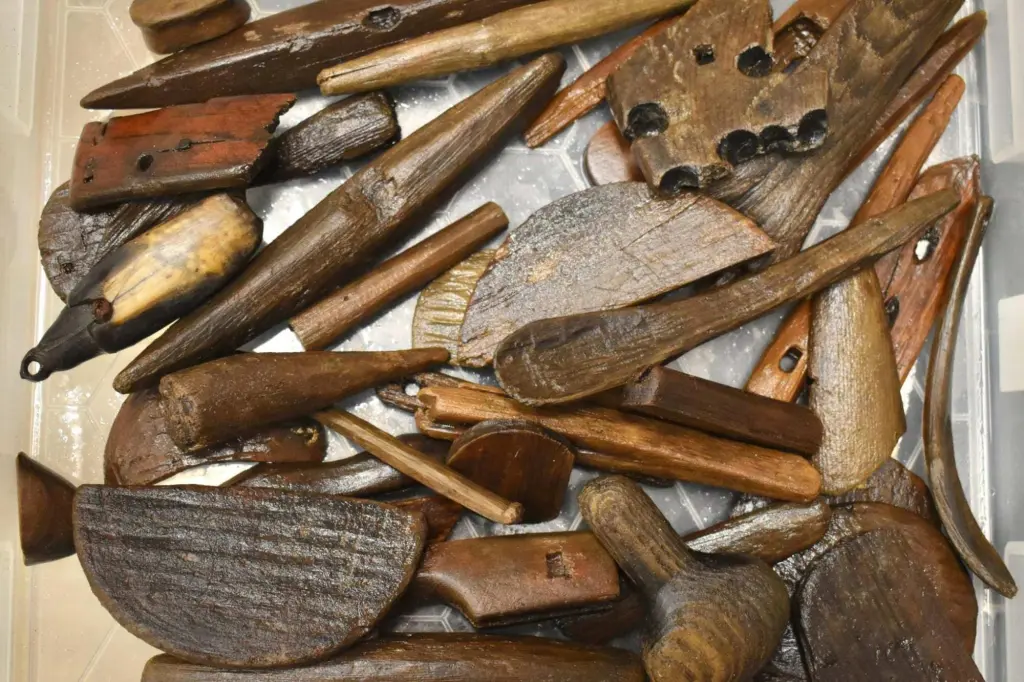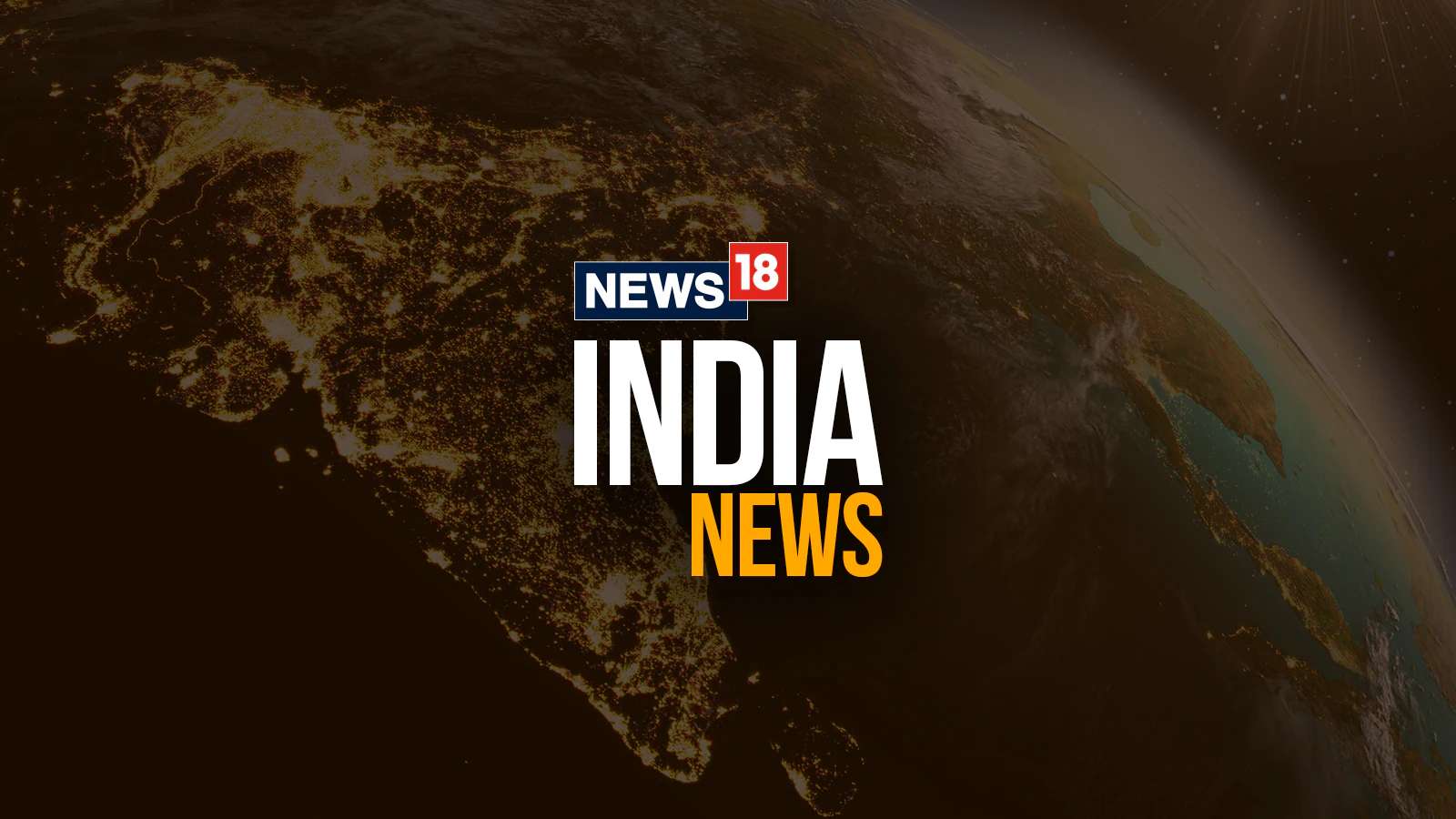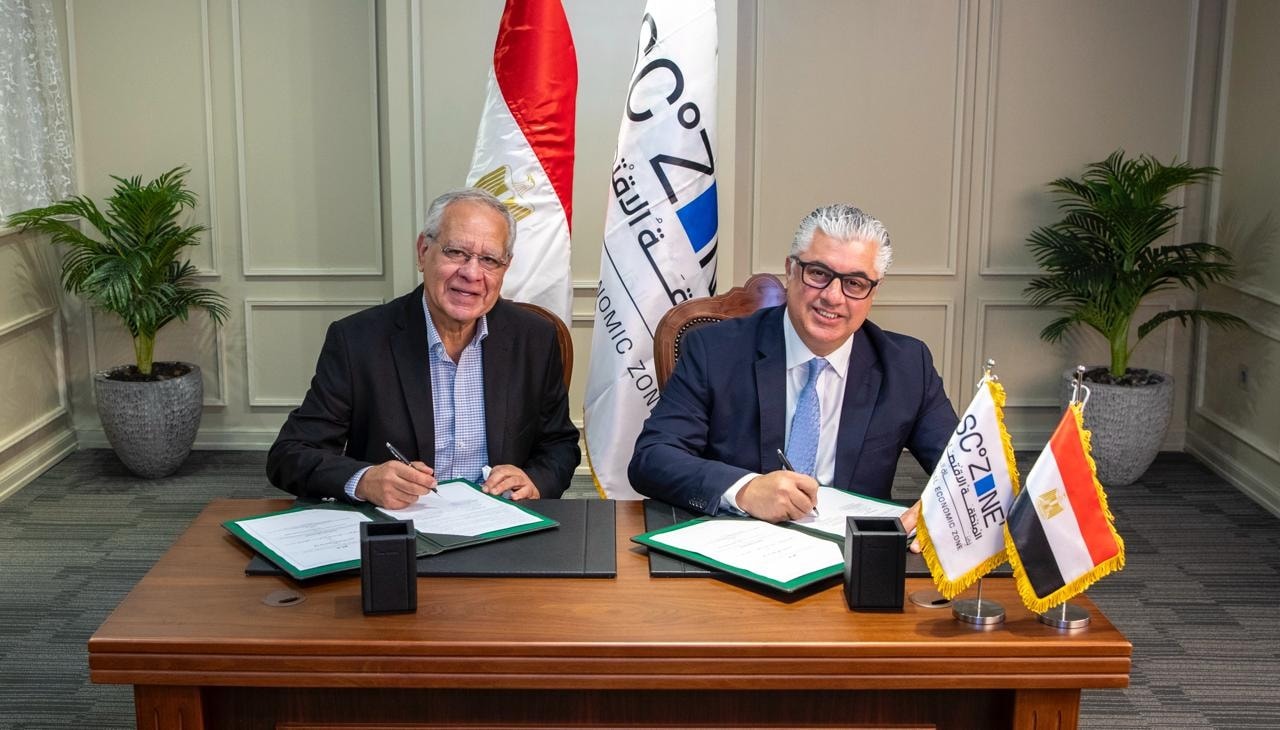Copyright St. Paul Pioneer Press

To place an obituary, please include the information from the obituary checklist below in an email to obits@pioneerpress.com. There is no option to place them through our website. Feel free to contact our obituary desk at 651-228-5263 with any questions. General Information: Your full name, Address (City, State, Zip Code), Phone number, And an alternate phone number (if any) Obituary Specification: Name of Deceased, Obituary Text, A photo in a JPEG or PDF file is preferable, TIF and other files are accepted, we will contact you if there are any issues with the photo. Ad Run dates There is a discount for running more than one day, but this must be scheduled on the first run date to apply. If a photo is used, it must be used for both days for the discount to apply, contact us for more information. Policies: Verification of Death: In order to publish obituaries a name and phone number of funeral home/cremation society is required. We must contact the funeral home/cremation society handling the arrangements during their business hours to verify the death. If the body of the deceased has been donated to the University of Minnesota Anatomy Bequest Program, or a similar program, their phone number is required for verification. Please allow enough time to contact them especially during their limited weekend hours. A death certificate is also acceptable for this purpose but only one of these two options are necessary. Guestbook and Outside Websites: We are not allowed to reference other media sources with a guestbook or an obituary placed elsewhere when placing an obituary in print and online. We may place a website for a funeral home or a family email for contact instead; contact us with any questions regarding this matter. Obituary Process: Once your submission is completed, we will fax or email a proof for review prior to publication in the newspaper. This proof includes price and days the notice is scheduled to appear. Please review the proof carefully. We must be notified of errors or changes before the notice appears in the Pioneer Press based on each day’s deadlines. After publication, we will not be responsible for errors that may occur after final proofing. Online: Changes to an online obituary can be handled through the obituary desk. Call us with further questions. Payment Procedure: Pre-payment is required for all obituary notices prior to publication by the deadline specified below in our deadline schedule. Please call 651-228-5263 with your payment information after you have received the proof and approved its contents. Credit Card: Payment accepted by phone only due to PCI (Payment Card Industry) regulations EFT: Check by phone. Please provide your routing number and account number. Cash: Accepted at our FRONT COUNTER Monday – Friday from 8:00AM – 3:30PM Rates: The minimum charge is $162 for the first 10 lines. Every line after the first 10 is $12.20. If the ad is under 10 lines it will be charged the minimum rate of $162. On a second run date, the lines are $8.20 per line, starting w/ the first line. For example: if first run date was 20 lines the cost would be $164. Each photo published is $125 per day. For example: 2 photos in the paper on 2 days would be 4 photo charges at $500. Deadlines: Please follow deadline times to ensure your obituary is published on the day requested. Hours Deadline (no exceptions) Ad Photos MEMORIAM (NON-OBITUARY) REQUEST Unlike an obituary, Memoriam submissions are remembrances of a loved one who has passed. The rates for a memoriam differ from obituaries. Please call or email us for more memoriam information Please call 651-228-5280 for more information. HOURS: Monday – Friday 8:00AM – 5:00PM (CLOSED WEEKENDS and HOLIDAYS) Please submit your memoriam ad to memoriams@pioneerpress.com or call 651-228-5280. By BECKY BOHRER, Associated Press JUNEAU, Alaska (AP) — A fragment of a mask that was preserved for hundreds of years in permafrost sat in the muck of a low tide in the western Alaska community of Quinhagak. Wooden spoons, toys, a fishing lure and other artifacts were strewn, in some cases for miles, along the beach. The Yup’ik community near the edge of the Bering Sea was spared the widespread devastation wrought by the remnants of Typhoon Halong on its neighbors further west earlier this month. But it suffered a different kind of blow: The lashing winds and storm surge devoured dozens of feet of shoreline, disrupting a culturally significant archaeological site and washing away possibly thousands of unearthed artifacts. About 1,000 pieces, including wooden masks and tools, were recovered in Quinhagak after the storm ravaged parts of southwest Alaska on Oct. 11 and 12. But many more pieces — perhaps up to 100,000 — were left scattered, said Rick Knecht, an archaeologist who has worked on the Nunalleq, or old village, project for 17 years. That’s roughly the number of pieces previously recovered from the archaeological site. Meanwhile, freezing temperatures and ice have settled into the region, stalling immediate efforts to find and recover more displaced artifacts on searches done by four-wheeler and foot. Knecht called what happened a major loss. The site has yielded the world’s largest collection of pre-contact Yup’ik artifacts. Much of what’s known about Yup’ik life before outsiders arrived stems from the project, said Knecht, an emeritus senior lecturer in archaeology at the University of Aberdeen in Scotland. “When there are holes or disturbances in the site, it’s like trying to read a book with holes in the pages. You’re going to miss a few things,” he said. “And the bigger those holes are, the weaker the story gets. There’s a few holes in the book right now.” While the name of the original village isn’t known, it was attacked by another village and burned around 1650, he said. Knecht has worked with elders and others in Quinhagak to combine their traditional knowledge with the technology and techniques used by the archaeology teams to study the past together. Quinhagak has about 800 residents, and subsistence food gathering is critically important to them. The storm dispersed artifacts from a site long preserved by permafrost, Knecht said. A longstanding concern has been the threat that climate change — melting permafrost, coastal erosion, the potential for more frequent or stronger storms — has posed to the site, he said. It poses risks to the community itself. Erosion threatens major infrastructure in Quinhagak, including a sewage lagoon, homes and fish camps. Thawing permafrost is also unsettling and undermining buildings, according to a 2024 report from the Alaska Native Tribal Health Consortium. The excavation project itself began after artifacts began appearing on the beach around 2007. Part of the site that washed out had been excavated previously. “There was a big chunk where we’d only gone about halfway down and left it for later because we prioritized parts of the site that were most at risk from marine erosion,” Knecht said. When he left in July, there was a roughly 30-foot buffer to the sea. The storm took out the buffer and another 30 feet of the site, he said. It also left what Knecht described as piano-sized clumps of tundra on the tidal flats. Knecht didn’t recognize the site at first after Halong. “I just drove right by it because all the landmarks I’m used to on the beach and at the site were gone or changed,” he said. Work to preserve the rescued artifacts has included soaking the marine salts from the wood and placing the pieces in special chemicals that will help them hold together when they dry out, he said. If one were to just take one of the wooden artifacts off the beach and let them dry, they’d “crack to pieces, sometimes in a matter of hours.” There is a lab at the museum in Quinhagak where the artifacts are kept. Archaeologists hope to return to the site next spring for a “rescue excavation” of layers exposed by the storm, he said. In some ways, it feels like when teams saw the site in 2009: “We’ve got this raw site with artifacts popping off in every way,” he said. “So we’re starting from scratch again.”



